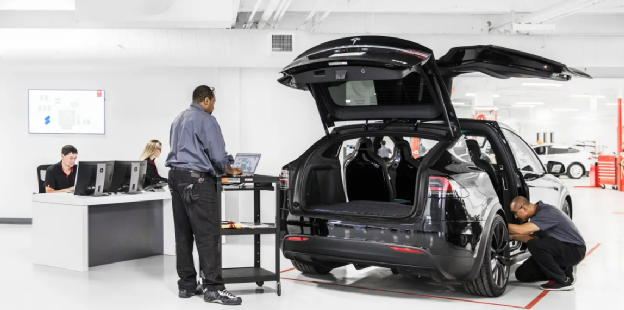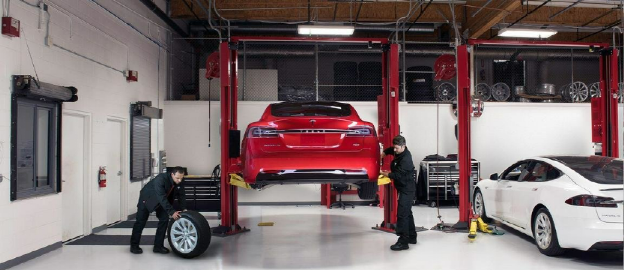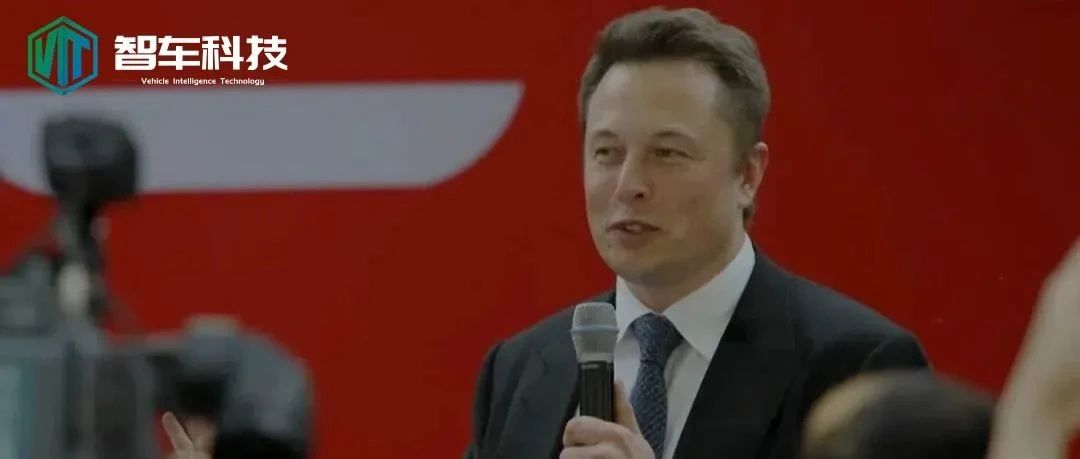Introduction
Recently, foreign media reported that General Motors provided maintenance and repair services for more than 11,000 Tesla vehicles in the US market in the past year. Providing maintenance and simple repair work for Tesla seems to be a new source of profit for General Motors.

Tesla’s after-sales channel construction lags behind
In sharp contrast to Tesla’s high sales, Tesla’s after-sales channel construction in North America is actually relatively backward. Currently, Tesla’s service centers in the US only have a few hundred, while General Motors has tens of thousands of repair stations across the United States. For electric vehicles, although their maintenance requirements are much less than those for fuel vehicles, maintenance and repair needs have not disappeared.
In 2021, Tesla’s sales in the US had already exceeded 300,000. With Tesla’s sales still continuing to grow, just a few hundred repair stations will not be able to meet the demand for repairs from users, let alone the huge business of maintenance. According to relevant statistics, Tesla owners currently face long waiting times for repairs, which has also caused many complaints from customers.

Different from the online sales platform layout supplemented by relatively simple delivery centers to replace 4S shops that originally undertook sales functions, offline repair stations need a tangible network of physical stores, which itself requires a considerable investment. Although Tesla has no shortage of money and can take out this amount of money in the short term, there is still a need for a large number of experienced maintenance technicians in the repair station. Firstly, it is not easy to recruit such a large group of people, and they also need to acquire the ability to repair Tesla’s related models through skills training, which also requires a long period of accumulation.
The perfect match between General Motors and Tesla
In order to reduce customer complaints, using General Motors’ repair stations is the most convenient way before Tesla’s own maintenance and repair channels mature. This can significantly reduce the waiting time for user repairs and maintenance. General Motors not only has tens of thousands of repair stations across the United States, but also a large number of experienced technicians. With a little training, they can quickly start working.For General Motors, helping Tesla with maintenance and service can also generate substantial income. From the perspective of General Motors itself, the current network layout has been completed; the more business, the higher the output.

Another point worth mentioning is that bringing Tesla owners to General Motors’ 4S stores will bring huge traffic dividends. In recent years, General Motors has released a series of electric vehicle models based on the Altium platform, especially the Super Cruise advanced driving assistance feature, which is no less capable than Tesla’s AutoPilot. For individual American households who may have an average of two or three cars, it is entirely possible to be impressed by a certain technical highlight or model product after entering a General Motors 4S store to learn about GM’s electric vehicles or other models in depth. When their family needs to purchase the next electric vehicle, it is also entirely possible to choose General Motors’ products.

Therefore, regardless of whether it is Tesla or domestic new forces, relying on the dealer network of traditional automakers to undertake part of the maintenance and service work in the case of their own maintenance network layout being relatively insufficient is undoubtedly the fastest and most secure approach.
Expanding business, General Motors is not smooth sailing all the way
However, although participating in maintenance and service business can help traditional automakers earn a lot of profits, consumers actually encounter some problems when going to the 4S store. Usually, some basic things like changing tires or replacing brake pads can be solved at third-party auto repair shops, not only at a lower price, but also faster in response time. Therefore, the issues encountered at maintenance points are usually some difficult problems, especially those that require parts compensation from automakers.
Currently, General Motors relies on its own network to provide only simple consumable replacement and basic repair services for Tesla. Those repair jobs that require professional technical support are usually transferred by General Motors repair stations to Tesla’s own repair shops. For Tesla, an intelligent electric vehicle, the General Motors repair station that grew up in the traditional fuel vehicle era can only cover mechanical system repairs. Once it involves electrical system or software-level issues, Tesla’s own team needs to be relied upon to solve them.So, there is still a big question mark as to how deeply General Motors will be able to intervene in Tesla’s repair business in the future. Especially in recent times, there have been multiple accidents of Tesla’s brake system malfunctioning in China. It is not yet clear what role other 4S stores of different brands will play in these accidents, what kind of report they will issue, and how they will participate in the repair business of related difficult problems. There are still many issues that need to be resolved and agreements that need to be reached.

As the head of Tesla, Elon Musk has long recognized this issue. In June of this year, he tweeted: “Two-thirds of vehicles requiring repairs will be able to be serviced the same day without needing an appointment, and we will be rolling out a dedicated new mobile service fleet that can perform most repairs onsite.” We also believe that Musk rarely fails to accomplish anything he is determined to do. When the overall volume reaches a certain scale, Tesla will definitely need to invest more resources in customer operations and maintenance services. Providing users with a better experience of repair and maintenance services is an important part of this, and Tesla will not be satisfied with entrusting after-sales services to General Motors. As for General Motors, focusing on doing their own electrification transformation is the long-term plan.
- End –
This article is a translation by ChatGPT of a Chinese report from 42HOW. If you have any questions about it, please email bd@42how.com.
